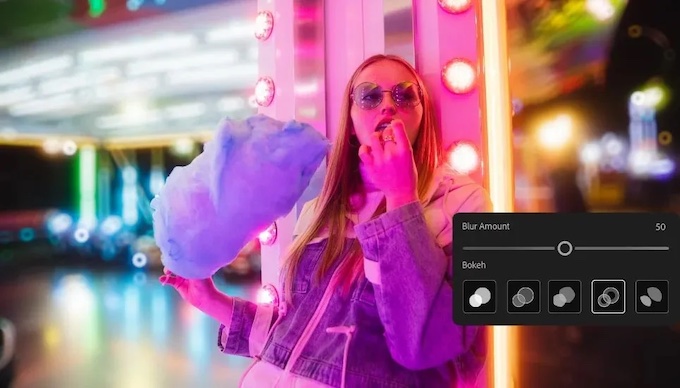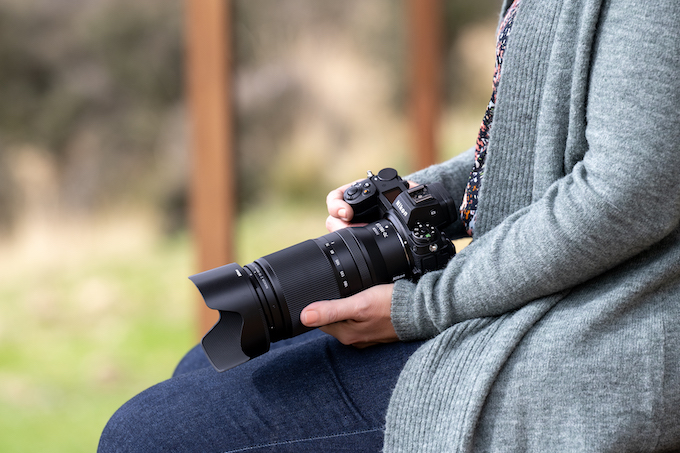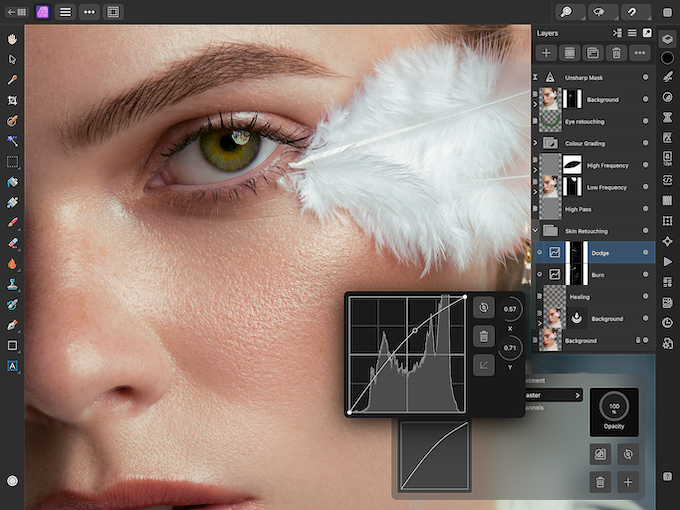Tech Tuesday—Unified Color Updates HDR Software
July 30, 2013
Sure, HDR gets a bad rap, but in the right hands, this technique—with origins dating back to the 1850s when French photographer Gustave LeGray combined two negatives to balance the exposure in a seascape—can work wonders to expand an image’s dynamic range. But with today’s HDR tools, there’s no need to go into the darkroom. One such tool is Unified Color’s Expose standalone software, which—along with its 32 Float Photoshop plug-in—has just been updated to version 3.
The Expose update includes new, key-frame based algorithms for more accurate merging of bracketed images, even when shooting handheld. Unified Color also promises that its new ghost removal algorithms will help get rid of those pesky ghosting artifacts. And, new algorithms for auto adaptive tone mapping will deliver the kind of natural results that LeGray was after when he bracketed and combined two negatives.
Other improvements include a new image browser, enhanced dodge & burn maximum brush size, a tweaked user interface for faster and more intuitive workflows and more, including additional tone-mapping presets.
In addition to some of the same enhancements as Expose, including maximum dodge & burn brush size, revised tool layout and an expanded selection of presets, 32 Float version 3 enhancements include new adaptive tone-mapping to selected areas and improved OS support.
A 30-day trial is available for both applications, and they can be purchased or upgraded now. HDR Expose 3 costs $119; Float is available for $89. Free and discount upgrade pricing are available.






